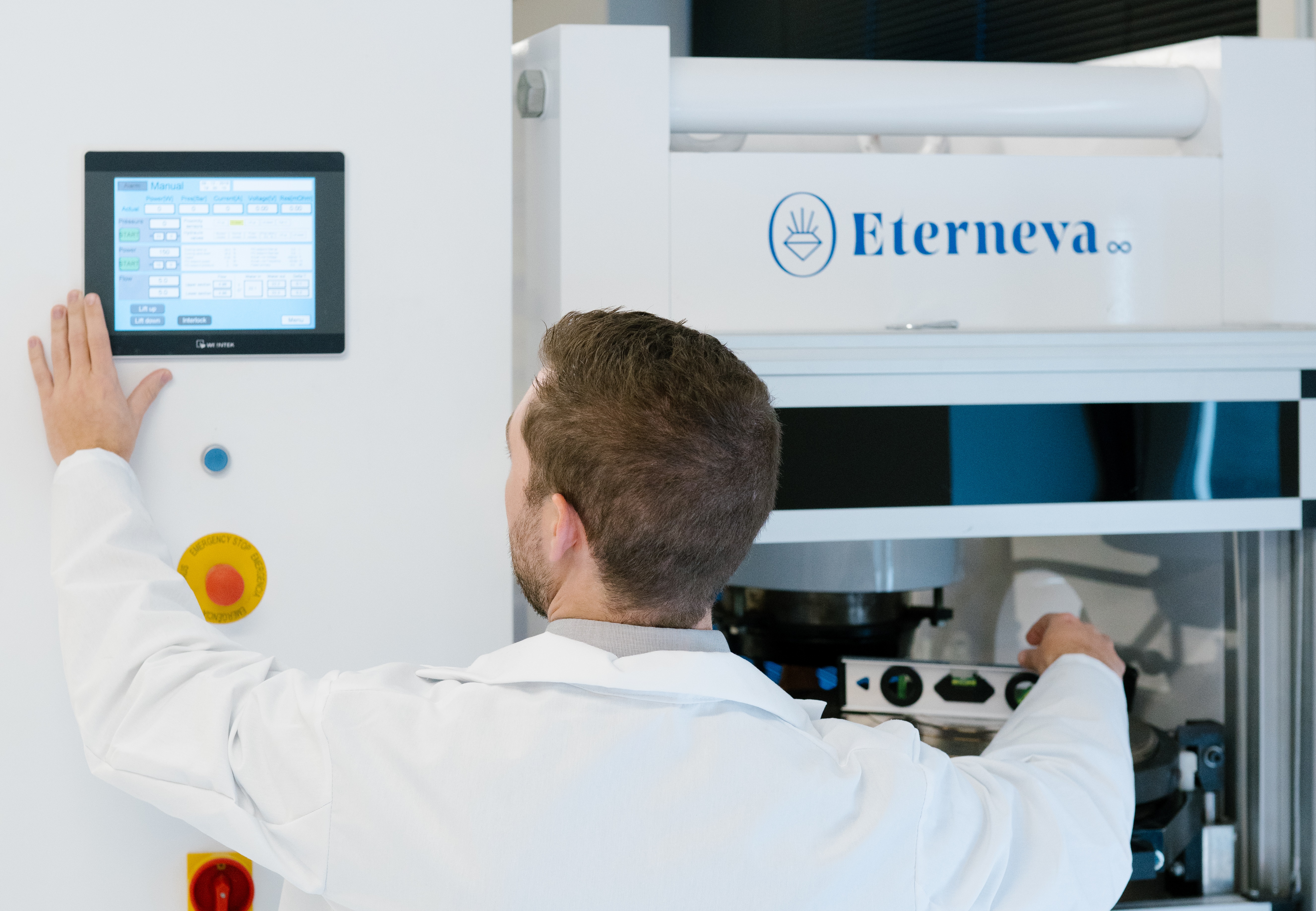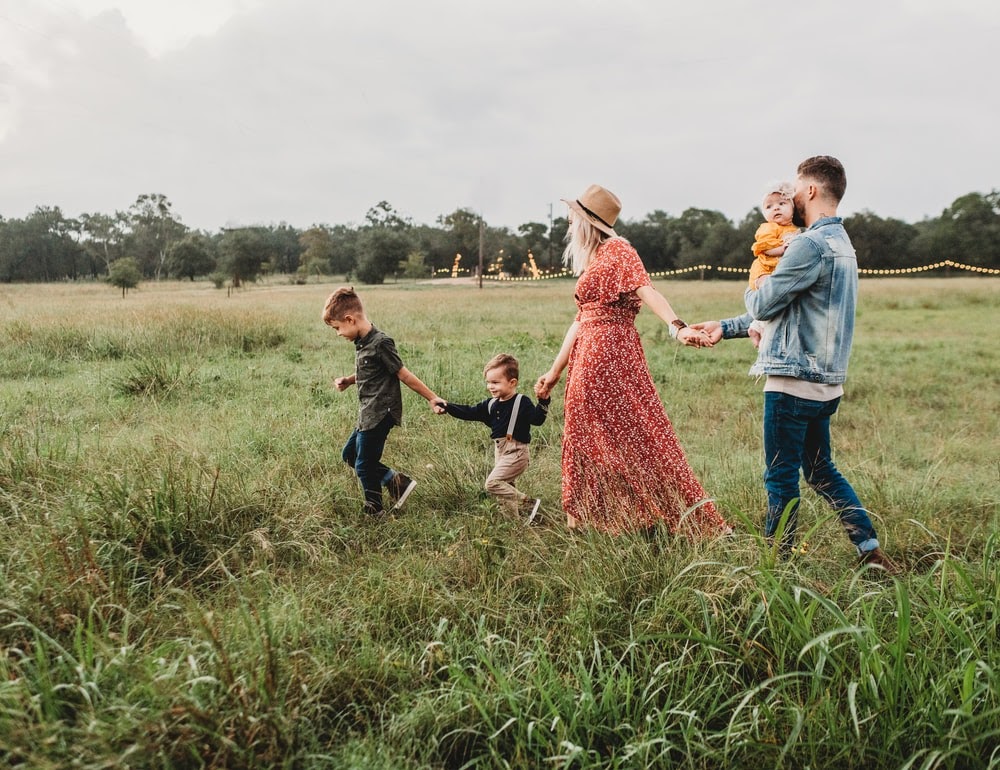Alternative ways of memorializing loved ones who have passed away have become increasingly popular in recent years. In addition to scattering ashes, keeping them in an urn, or interring them in a columbarium in a cemetery, people have been able to carry ashes in cremation jewelry (where a pendant or ring also serves as a small urn) or have the ashes added to art such as glass globes. Turning ashes into gems is also not new, but Eterneva, a company in Austin, Texas, wants to combine this alternative treatment of ashes with the caring and supportive nature of the traditional deathcare industry.
Eterneva’s drive to change this sector of the deathcare industry stemmed from one of the founder’s own experiences with death. Adelle Archer’s friend and mentor died, and Archer wanted to have a memorial for her that served as a reminder of her friend’s legacy. That’s where the diamond came in. After the process, Archer and her business partner realized they could support grieving people through the death process while providing them with the same sort of memorial. The need for this mixture of care and technology is evident especially for younger generations who may not get as much closure and comfort from more traditional memorials and who may live far away from where the funeral or memorial would normally take place.
Usually, when someone is cremated, the family may still have a memorial service and intern the ashes or take them home in a box provided by the crematorium or funeral home. If they want to do anything else with the ashes, such as scattering them or turning them into something, that process is usually done separately from the rest of the post-death and cremation process. Eterneva wants to connect the two, allowing people to have the option of arranging for the diamond-creation process through the funeral home that is also coordinating the memorial and cremation. Eterneva also works directly with the deceased’s family and friends. In both cases, the goal is to present the family and friends with a full memorial that includes not only the gem but also a package of recorded memories of the deceased.
Turning cremains into diamonds is straightforward; some of the ashes – which are carbon – are put through the process that labs use to create lab-grown or synthetic diamonds. The resulting stone is of gem quality and is chemically identical to naturally occurring diamonds. The stone can be colored, too, and Eterneva can have the stone put in a jewelry setting such as a necklace or a ring.
Eterneva’s founders understood that survivors, especially millennials and those younger, wanted to find more personal ways of honoring the deceased. They didn’t want something so clinical. Plus, the deceased’s circle of friends and family is often no longer restricted to one region, meaning many relatives or friends would have to participate in funerals via videoconferencing instead of being there in person. So, what the company does is over about eight months, which is how long it takes to turn the ashes into a diamond, allow friends and family to record memories on a web page set up for the deceased. The company also tries to find out as much about the deceased as possible, from the person’s sense of humor to their likes and dislikes. (And while this seems to focus on humans, the company will do the same for pets.) The company also continually updates friends and family as part of what it calls a “death journey.”
Once the diamond is ready, the company sends the stone along with a package of all of the recorded memories to the deceased’s family. If the recipients are within a 10-hour drive, the founders will hand-deliver the stone. The point of that is to humanize the process and let the company connect on a much more human level with the deceased’s family as the technological side of the process ends and the family begins to move on.
Eterneva has set up partnerships with several funeral homes in addition to advertising on TikTok. Both strategies have increased people’s awareness of this service, and the partnerships with funeral homes have made it easier for people to arrange for the diamond-creation process to begin.




